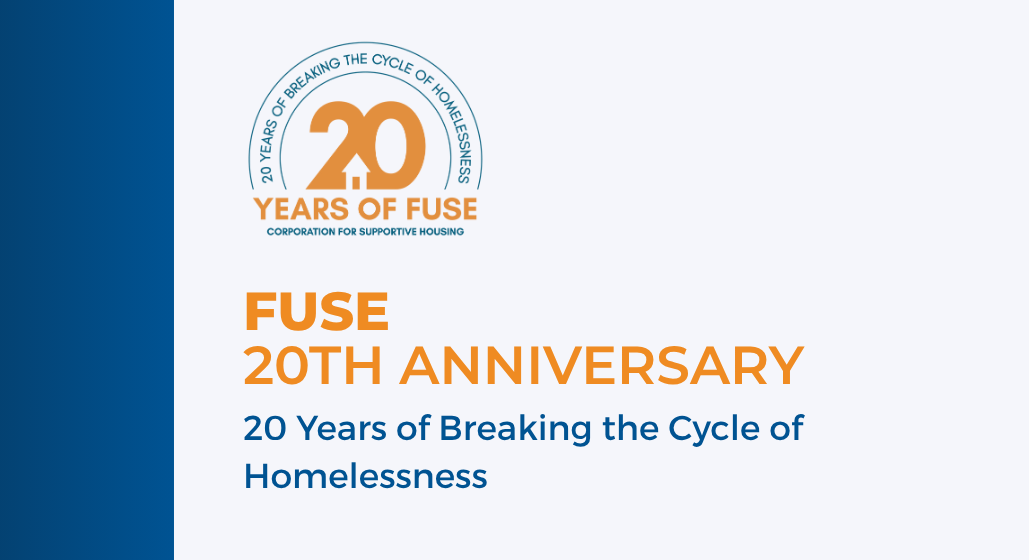When aspects of H.R.1 takes effect in 2026, it will mark the beginning of significant cuts to Medicaid, totaling $1 trillion over the next 10 years, as we reported previously. That means that as many as 10 million people over the next decade will lose healthcare coverage for doctor visits, medicine, and other necessary healthcare services as states adapt their programs to comply with the new law.
Other changes, such as new administrative requirements, are more technical but equally important. In this post, we will focus on one vital aspect of the program that will impact many affordable and supportive housing residents: More Frequent Eligibility Determinations. These new government-imposed legal requirements affect those who have only proven a low income to the state and are called the ‘expansion population’. This Medicaid expansion population includes many people experiencing homelessness or housing instability, as well as formerly homeless people. People who are young (under 18), older adults (over 65), or considered disabled by federal determination will not be impacted by this particular change.
Why Eligibility Determinations Impact People Experiencing Homelessness or Housing Instability
The new “Eligibility Determination” rule assumes consistent access to communication from the state and access to technology, which are resources that many people experiencing homelessness or housing instability lack. Without a permanent address, reliable internet, or transportation, they may miss notices, be unable to submit documents, or struggle with online forms and in-person interviews. These barriers mean even fully eligible individuals will risk losing coverage, jeopardizing critical health care and supportive services.
As stated previously, millions are expected to lose health care coverage. They are losing coverage not because they are ineligible, but because they will have additional administrative burdens under the new law. The law is creating a more onerous bureaucratic challenge for individuals by increasing the frequency with which they must prove their eligibility for their state’s Medicaid program. The requirement to confirm eligibility will likely result in many otherwise eligible individuals losing coverage, and this will have a cascading effect on the supportive services that are essential in helping people prevent or end their homelessness.
Those who lose health insurance coverage will also likely lose access to other critical services, including case management, behavioral health services, medications, and specialty care. The result is that millions more people will turn to short-term emergency room visits or inpatient care, which have a limited impact on overall health and stability, but will be their only option for healthcare.
Medicaid programs differ from state to state. Each state sets its own rules for who qualifies, what benefits are available, and how people in different population groups can access those benefits. While definitions vary by state, most include a few common categories of eligible groups of people, such as:
- Children (under age 18)
- Pregnant and postpartum women (postpartum is commonly defined as up to 12 months after giving birth)
- Elderly, blind, and disabled people. Disability is commonly defined as determined by the Social Security Administration as receiving Disability | SSA.
- Expansion population (in states that expanded Medicaid under the Affordable Care Act, these are adults between the ages of 19 and 64 who need only prove low income)
Among the above groups, H.R.1 requires that ONLY the last group listed—the expansion population—must now prove Medicaid eligibility once every six months, rather than once every 12 months. All other groups will continue with annual eligibility checks. Each state Medicaid program has their own “redetermination process” to prove a person is still eligible for Medicaid. Most states have an online process, while a few still require an in-person interview.
The law requires CMS to issue guidance for states on this process by the end of 2025 and the states must have the new requirements implemented by January, 2027.1 Congress has allocated $75 million nationally to support implementation.
Given the vital nature of continuous health insurance coverage for potential and active supportive housing residents, we recommend the following three strategies to ensure coverage for those we serve:
- Influence Your State’s Implementation Process
For the next 18+ months, states will set up systems to implement H.R.1. You can influence that process through advocacy and by sharing stories of those you serve. We know from narrative research that we can help a broader public understand the critical nature of Medicaid when we tell stories that show how people live their whole lives thanks to the regular or life-saving healthcare they receive through Medicaid.
Most states have state-level coalitions focused on ensuring healthcare coverage for all, and Florida Voices for Health | Home has compiled a helpful national list of these agencies. Join your state’s coalition and lift the voices and narratives of those experiencing homelessness or housing instability. CSH has created a State Solutions brief; National Health Care for the Homeless has created its own brief. Both are filled with practical ideas to limit coverage losses among those experiencing homelessness or housing instability.
- Data Is Power: Track Health Insurance Coverage of Those You Serve
Agencies that offer shelter or housing assistance should track the health insurance coverage of those they serve. While each state refers to its Medicaid program by a different name, the federal HealthCare.gov website maintains a helpful searchable database of these program names.
Agencies should track a variety of data, including:
- Does the person have health insurance coverage?
- If yes, why, where and how do they get their coverage? Medicaid, Dual Medicaid and Medicare, Veterans, Marketplace, Children’s Health Insurance Program (CHIP), or private coverage are the most common options.
- If a person is covered via Medicaid, are they part of the expansion population and therefore soon to be subject to six-month reviews, work requirements, and cost sharing?
- If a person is covered via Medicaid with a Managed Care Organization (MCO), which MCO provides health insurance coverage?
Compile, aggregate, and share this data with state healthcare coalitions, state officials, and MCOs to gain assistance and new resources to help those you serve maintain continuous healthcare coverage.
- Helping Hands: Build Training and Operational Supports
Some states designate an official role called a navigator or application assister. This person is identified by a potential or current beneficiary and is authorized to access their online account and help with the redetermination process.
Each state sets its own rules for:
- The responsibilities of the role
- Required training
- Account access privileges
In many states, application assisters receive notifications when a beneficiary needs to start the redetermination process. They may also:
- Upload documents (e.g., an updated SSI award letter)
- Provide other support to help maintain coverage
In preparation, agencies should:
- Research state-specific training and qualification requirements for application assisters
- Train and support one or more staff members in this role
Once trained, the staff members can receive emails or hard-copy materials and take the necessary steps to maintain the beneficiary’s health insurance coverage.
Most states have online materials that map the process for applying for and maintaining coverage. Familiarize yourself with your state’s processes and train your case management staff in them so they can best assist potential or current beneficiaries. Homebase, based in California, has both a national and California-specific toolkit to help train your staff and teams. Your state-specific health care access coalitions may also have detailed materials that can support your efforts.
The Ultimate Goal: Continuous Coverage
Continuous health insurance coverage is critical for these individuals to access the services necessary to thrive in their communities. Helping them meet new six-month Medicaid eligibility checks beginning January 1, 2027, will help protect their coverage, their services, and enable them to remain stably housed.





